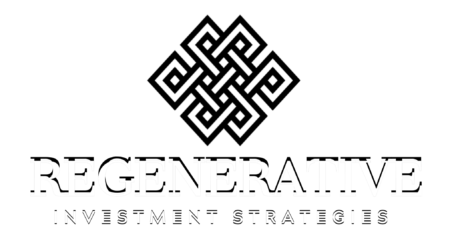Until the last year or so, greenwashing was generally cited as one of the biggest unforgiveables in the corporate world and in financial services, and “good” due diligence practices involved calling out companies, advisors, consultants, managers and strategies for cosplaying as sustainable with a thin gauze of sustainable marketing wrapped around marginal commitments to ESG factors and practices. At RIS we generally took a different view of a low-level or “light green” expression of sustainability principles, tending to focus on trajectory and seeing that low-level commitment as being positive if it is the first of many steps. Where we took exception was stopping at performing the theater of ESG without doing anything material with it and with no plan or intention to advance that in the future.
Evaluating trajectory, as it turns out, has proven to be a truly critical indicator for us. What we haven’t generally prepared for after an extended period of adoption is not just the flattening of the curve of progress company by company or strategy by strategy as uptake becomes more comprehensive, but the changing of the sign on the slope — the curve bending from up and to the right to down and to the right. A number that were professing varying levels of commitment to ESG in totality or selectively are walking back or dismantling those commitments under market pressure, regulatory pressure, political pressure, and internal pressure.
So, we are back standing in the laundry room looking for a new portmanteau to describe in shorthand the unwinding of ESG commitments and practices. Here’s a proposal:
“Greencleansing” (noun) — the act or practice of removing processes or references to processes which made a product, policy, activity, etc. appear to be environmentally or socially friendly or less environmentally or socially damaging.
Regenerative Investment Strategies, April 2025
Greencleansing isn’t necessarily a problem in and of itself. As with fad adoption of anything in commerce and markets, there is always a washout period that removes the marginal and uncommitted players after an overshoot of adoption. This is a good thing for everyone in the market because this wave of particularly aggressive greencleansing meaningfully simplifies the sifting of the serious from the incidental players that drove a focus on greenwashing in the first place.
Where greencleansing might be unhelpful is forcing committed practitioners to significantly downplay their ESG profiles for fear of reprisal making it harder for analysts, consumers, allocators, etc. to identify and consider them. After an era of increasing transparency and disclosure this is a regrettable reversal of fortune. It is a return to where we were in the early 2000’s and before where some practitioners were known to, if not outright conceal, downplay their ESG commitments and credentials unless a current or potential client was specifically looking to source a compliant product, service or strategy.
We will continue to take the free market view that ESG practices should be an available option, not the only option, and not an enforcement protocol. It is useless to the market and to the world if ESG commitments are performative and have no grounding in material outcomes, risk reduction and value creation. Better to have clearer delineation between the doing and the not-doing, and let market participants decide. Let the greencleansers self-select out of the market.

